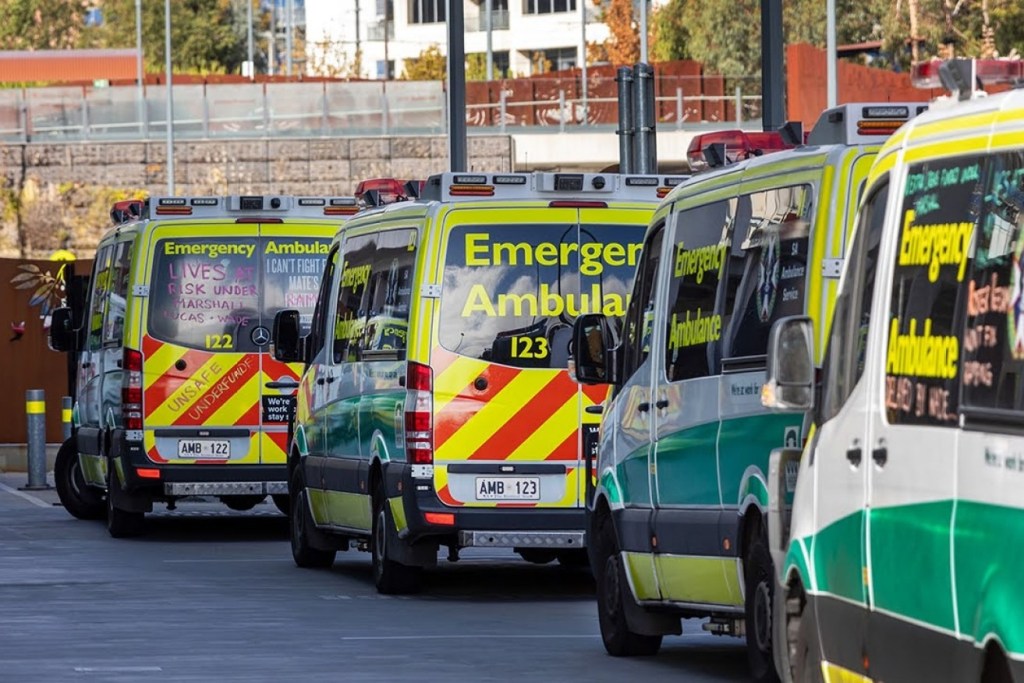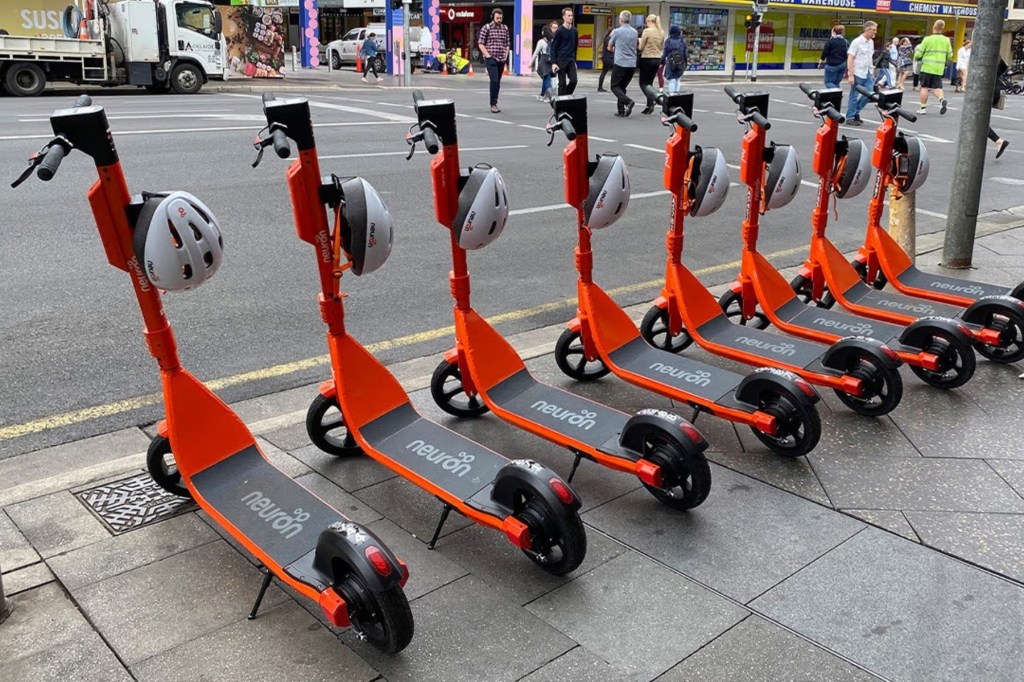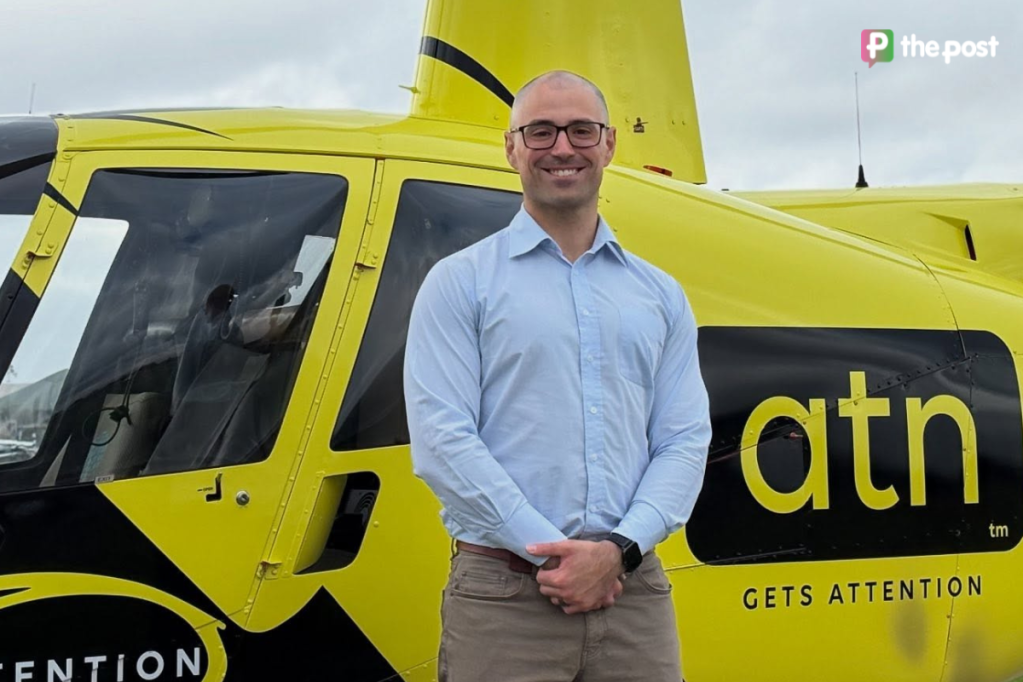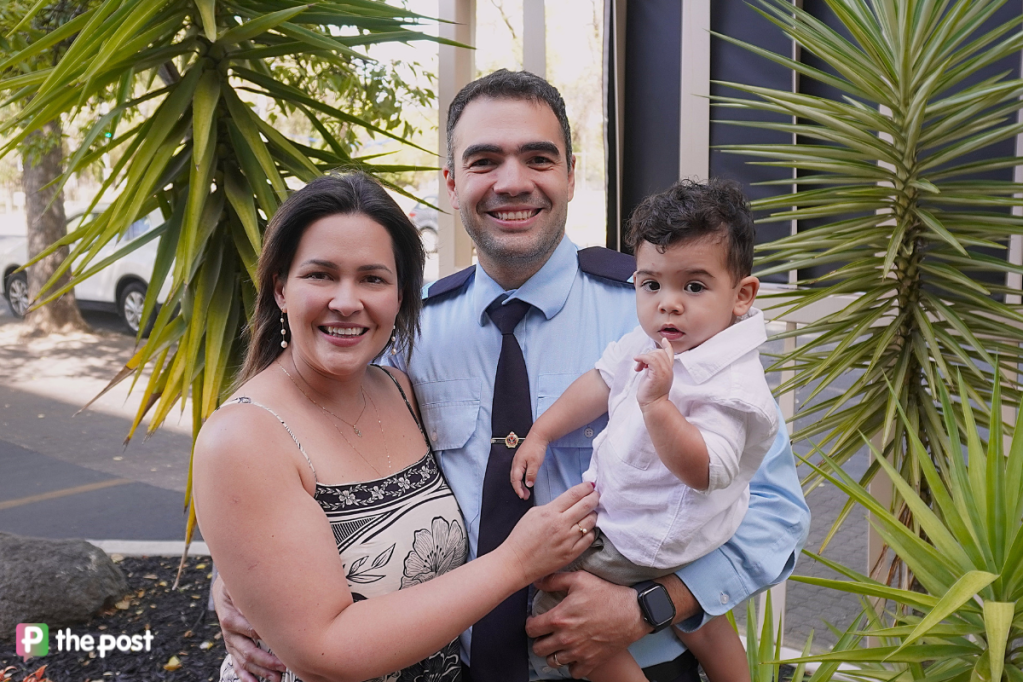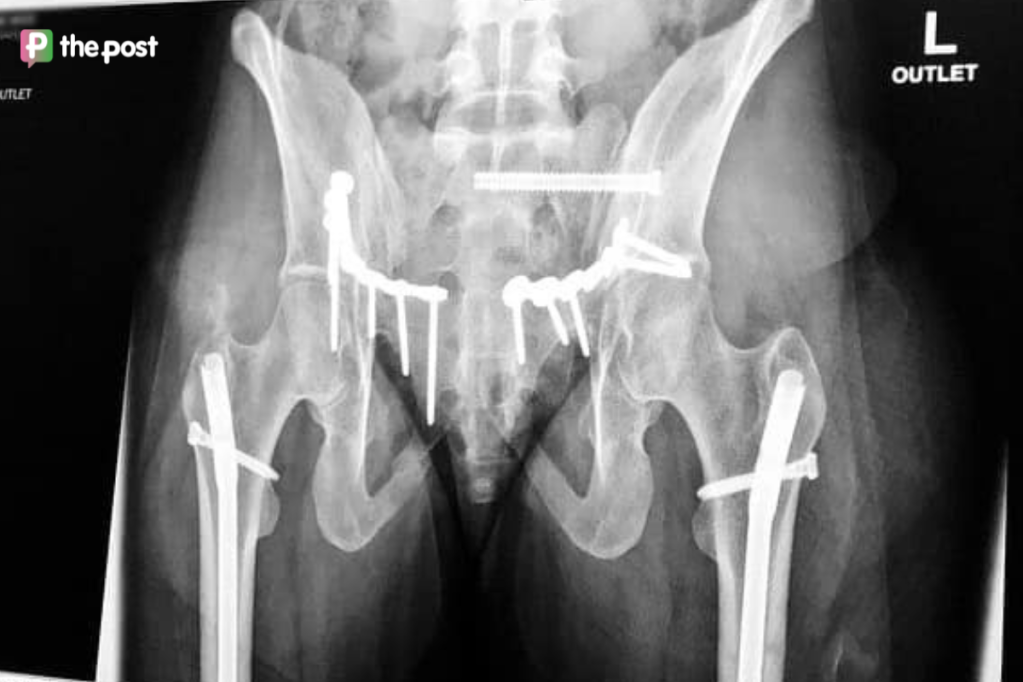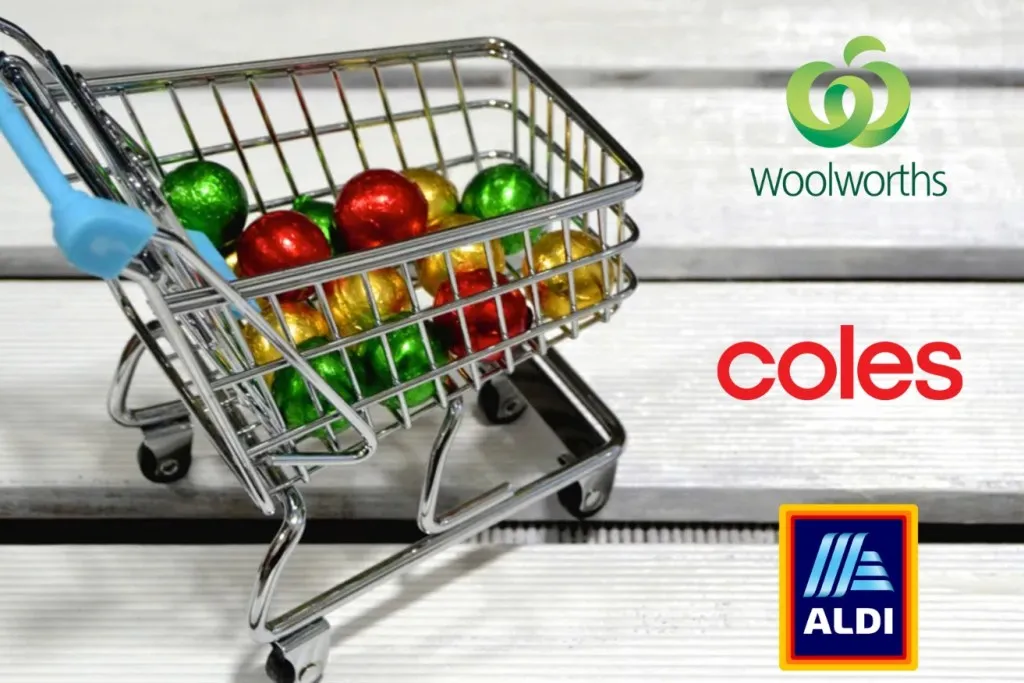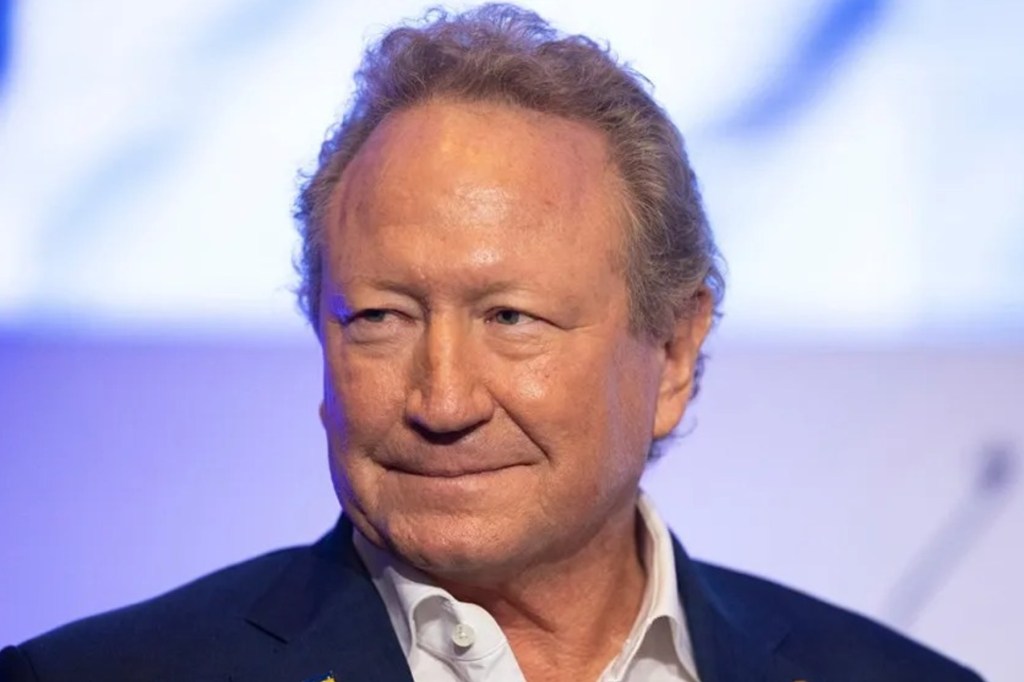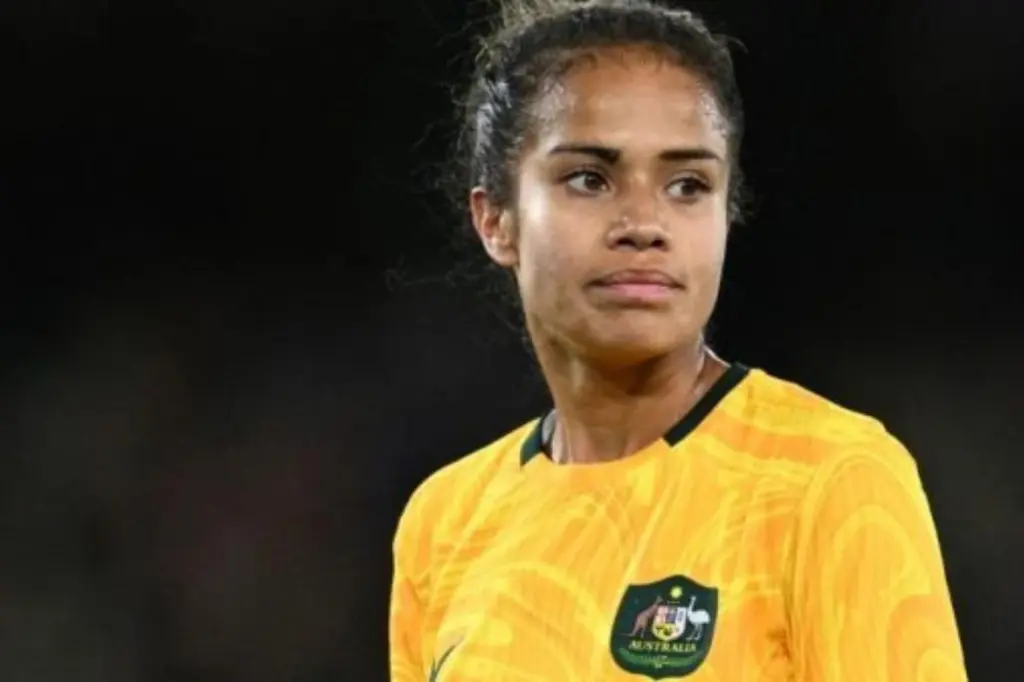Govt defends SA hydrogen plan after energy giant dumps project
The Opposition says the state government “needs to be upfront and transparent” about its $600 million hydrogen hub plan after a major player walked away from its own project.
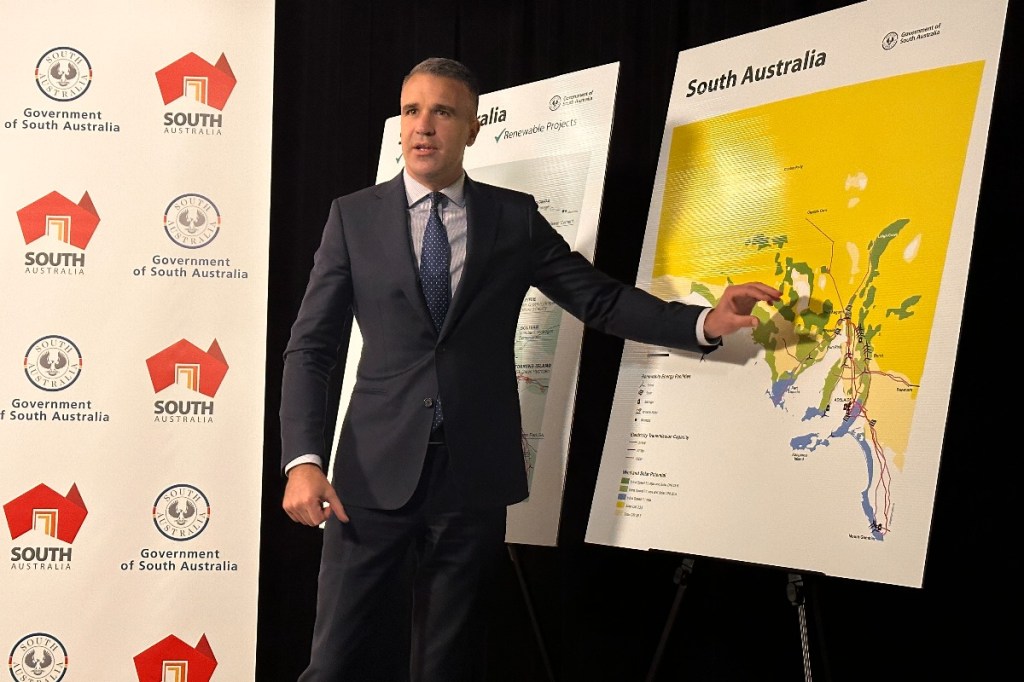
Origin Energy yesterday announced it was walking away from a more than $500 million hydrogen hub project in the Hunter Valley, citing “uncertainty around the pace and timing of the hydrogen market and the risks associated with developing capital-intensive projects of this nature”.
CEO Frank Calabria said “it has become clear that the hydrogen market is developing more slowly than anticipated, and there remain risks and both input costs and technology advancements to overcome”.
It follows Australian billionaire Andrew Forrest’s Fortescue conceding it could not meet its ambitious green hydrogen targets earlier this year, which resulted in the loss of 700 jobs at the company.
Two major energy companies abandoning green hydrogen plans raises questions about the viability of the state government’s own $600 million project on the Upper Spencer Gulf, said Opposition energy spokesman Stephen Patterson.
The state is set to build a hydrogen power plant at Whyalla by 2026, including the world’s largest electrolyser.
The machine will use electricity to separate hydrogen from oxygen in water, (i.e. electrolysis). The government says the electricity input will be from renewables, and the hydrogen will be used to power turbines and put energy back into the state’s electricity grid.
You might like
Storage of hydrogen is another plan, as is the idea that South Australia could export green hydrogen internationally to power green steel production worldwide.
But yesterday’s news “immediately caused concern” for Patterson.
“We’ve had Fortescue who’ve been a big proponent of hydrogen and now a major energy company – Origin – with expertise in the energy field now realising and coming to terms with the reality of how expensive hydrogen is,” Patterson told InDaily.
“At the same time, we’ve got a government which is not an expert in these matters spending $600 million of taxpayer money on their hydrogen plants, and there’s real concerns around what the end cost will be.”
Patterson said he was concerned about whether the government was being upfront about the entire cost of the project as well as the timeline.
“It’s not going to be ready as was promised, there’s delays and we’re really concerned about cost blowouts,” he said.
Stay informed, daily
“I think the state government needs to be upfront and transparent with the South Australian public around the costs and what impact it’s going to have on South Australia’s power bills.”
Origin’s dumping of green hydrogen also comes as Whyalla’s steelmaker GFG Alliance is enduring its second blast furnace outage of the year alongside the state government requesting advice as part of “contingency” planning to be ready if the operator calls in administrators.
GFG’s steelmaking plant is part of the government’s ambitions for the state to become a major producer of green steel, with the product created using hydrogen through a process called direct reduced ironmaking.
A government spokesperson told InDaily that the plans were “a critical part of the future energy supply mix in South Australia”, and that it received more than 50 submissions to its Green Iron Expressions of Interest process, which closed this week.
“The recent independent report on energy reliability by Australian Energy Market Operator shows that the electricity generator being built as part of the State Government’s Hydrogen Jobs Plan is a critical part of the future energy supply mix in South Australia,” the spokesperson said.
“Our electrolysers will create the hydrogen to fuel that generator but hydrogen is also an essential input for emerging green industries such as green iron, green fuels and green fertiliser. We have received around 50 submissions to our Green Iron Expressions of Interest process, which closed this week.
“EoIs were received from major companies from Australia, Asia, UK, Europe and North America. Submissions came from diverse industry sectors including iron and steel makers, green iron technology providers, magnetite iron ore suppliers, project developers, large scale renewable energy and hydrogen project developers, and infrastructure owners and investors.”
The spokesperson said this represented “a strong vote of confidence in South Australia’s intent to be a key partner in global efforts to decarbonise steelmaking”.
“Steel is moving away from coking coal and towards Direct Reduced Iron – which needs hydrogen to be green. A transformed Whyalla Steelworks will require hydrogen,” they said.
“While we’ve seen Fortescue has cancelled some of its projects, it is still going ahead with its hydrogen plans in South Australia. Rather than an indictment on hydrogen, it is testament to the competitive advantage we have for hydrogen development in SA.
“It’s never been in dispute that there are barriers to entry for the private sector in the burgeoning hydrogen sector – this is why creating an environment for investment is important, and that is what the Hydrogen Jobs Plan sets out to do.”
It described the state government’s investment in hydrogen as a “strategic decision that is establishing the bedrock of a new industry for SA”.
“It isn’t in the private sector’s mandate to establish new industries and create economic prosperity for our state. But that is rightly the responsibility of government, and that is what this government is doing,” the spokesperson said.
